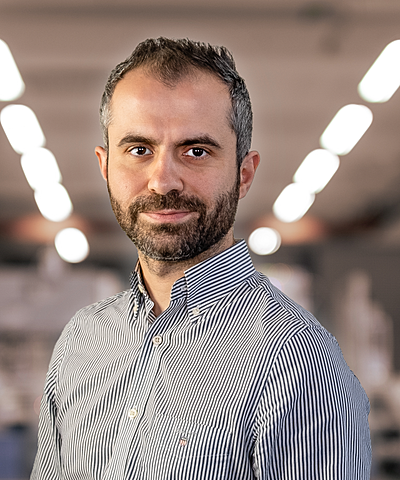The digitalization has resulted in a significant change in the industry. The industrial development has undergone three major revolutions; Industry 1.0 in the 19th century, where mechanization was revolutionized, Industry 2.0 in the early 20th century, where mass production was revolutionized, and Industry 3.0 in the late 20th century, where automation was revolutionized. Today we are in the fourth industrial revolution, namely industry 4.0, where information technology is revolutionizing and placing even higher demands on industry. Industry 4.0 has resulted in nine technologies: Industrial Internet of Things (IIoT), Big Data and Analytics, Horizontal and Vertical System Integration, Simulation, Cloud Computing, Augmented Reality (AR), Autonomous Robots, Additive Manufacturing (AM) and Cyber Security.
In various forums, industry 4.0 has been discussed, and many have been of the opinion that industry 4.0 is about automating the industry completely and making people unemployed. I do not agree with this. We had a similar discussion when industry 3.0 came about, that automation would make us unemployed. However, that did not happen and many new jobs were created instead. For me, industry 4.0 is a toolbox, where the nine technologies are the tools that can be used to reduce non-value-creating activities, and thus result in more efficient production processes.
In industry 1.0, we ran the machines to breakdown, then repaired them and continued to produce. We started with planned maintenance in industry 2.0, and with condition-based maintenance in industry 3.0. Within the framework of industry 4.0, we have a new generation of maintenance, namely smart maintenance, which is generally about making maintenance decisions based on data. My research is focusing on how industry 4.0 technologies can be used to streamline maintenance. Machines can be connected using IIoT, Big Data and Analytics can be used to collect and analyze maintenance data, AR can be used for maintenance instructions and remote maintenance, Simulation can support maintenance planning, and through AM we can manufacture spare parts for old machines.
Today, there is a lot of research on how industry 4.0 technologies can be used to streamline maintenance. However, I do not think that the industry has come far enough with the implementation of these technologies today. Within the framework of my research, I have identified a number of challenges, for example that there is a high cost related to get started with the technologies, skills, Cyber Security and to get the management involved. The purpose of my research is to help the industry with the implementation of industry 4.0 technologies, to reduce maintenance-related costs and production disruptions. For me, smart maintenance is not about computers taking care of the maintenance entirely and changing components for us. Smart maintenance, in my opinion, is about using industry 4.0 technologies to streamline traditional maintenance. We, the humans, will still need to replace components and perform mechanical and electrical work, but, thanks to industry 4.0 technologies, much more efficiently!
As I have mentioned above, I have a great interest in maintenance, and therefore I applied for the position as an industrial doctoral student at Mälardalen Industrial Technology Center (MITC) and Mälardalen University in Eskilstuna. MITC is a collaboration platform that strengthens the relationship between academia and industry through technical development projects, student projects, research projects, and other types of activities. MITC's partners include Volvo, Alfa Laval, Hexagon and GKN ePowertrain. I hope that through my research on smart maintenance I can contribute to the implementation of new technologies in the industry and in that way strengthen the competitiveness of Swedish industry.


